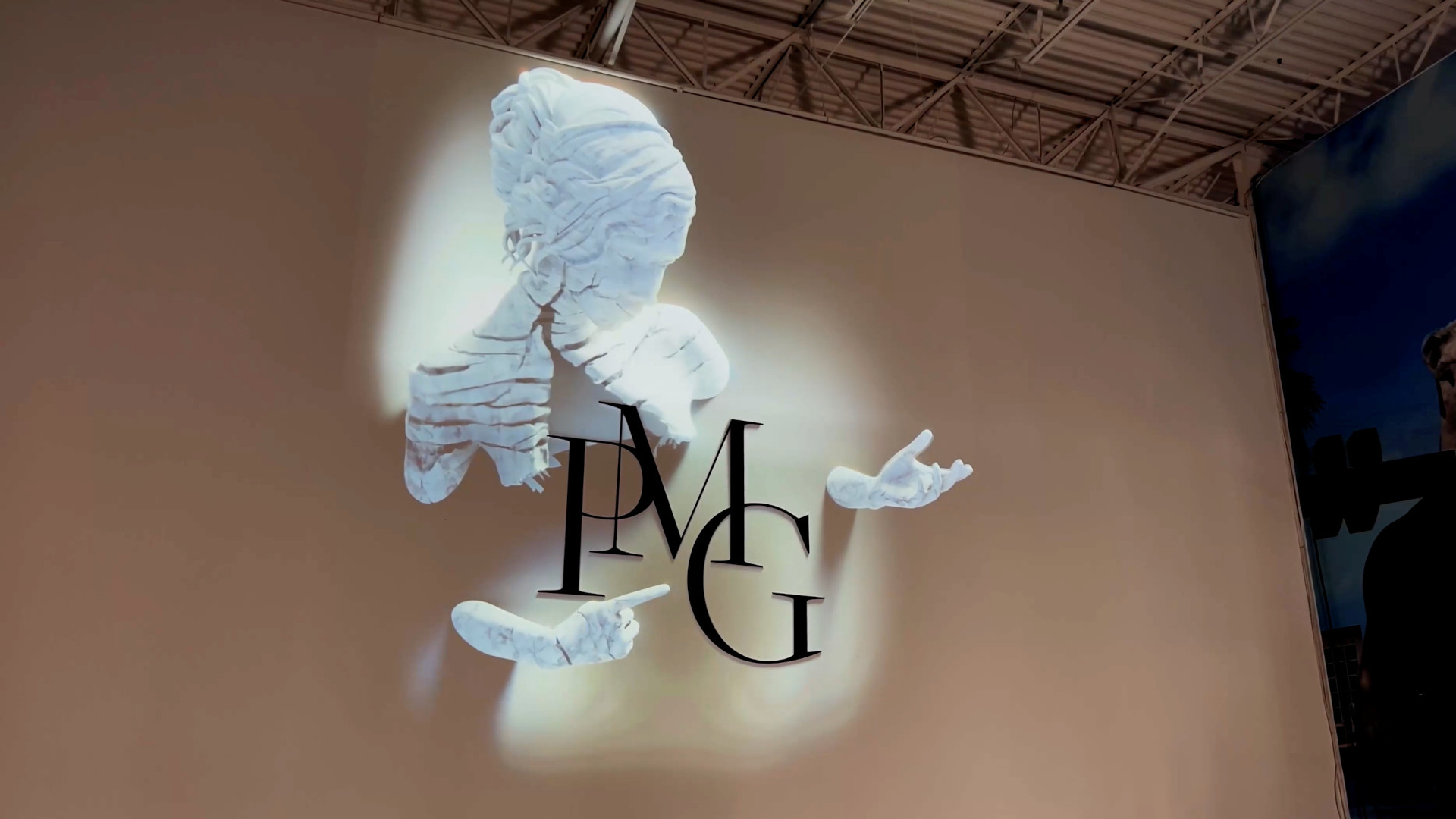The capabilities of CGI and the mechanisms of social media come together for fake DooH campaigns. Why this could be a problem.

Campaign Trend: Faux DooH is Getting Real
Technology marketers have always been a little, let’s say, relaxed about the accuracy and validity of their product assertions, so the influx in the last 12-18 months of what’s been called Faux DooH is just a new chapter in a long-running story. The good news, though, audiences are increasingly wise to what’s going on, and creative producers have either decided or been scolded into being more honest about their efforts.
If you spend anytime online, you’ve probably seen:
- London double-decker buses with eyelashes that get mascara touch-ups when they roll past a giant brush mounted on a building;
- An iconic giant picture frame along a Dubai freeway turned into an Adidas ad celebrating Lionel Messi’s World Cup win;
- A giant Barbie stepping out of its packaging on a plaza near Dubai’s Burj Khalifa skyscraper.
They all generated huge amounts of social media buzz recently, which was the point, but like many, many other similar projects, there was little or no mention in social media posts and videos that these things were just CGI jobs.
Naming Fake DooH
This is an emerging medium that takes physical spaces – buildings and landmarks – and uses (usually) well-executed CGI work to give them a fun, augmented reality overlay that is then pushed out on social media as videos and images. It’s been called Virtual DooH, Fake DooH or the one I have warmed to, Faux DooH.
DooH in the invidis yearbook
This article by Dave Haynes, Founding Editor of invidis content partner Sixteen-Nine, is part of the DooH section in the invidis Yearbook 2024. Download the yearbook for free to read figures, trends and analyses about DooH in Germany.
Most of the entertainment we consume day to day has a degree of computer-generated visuals. But consumers know that’s the case. It’s entertainment. We’re happily suspending disbelief to be entertained.
Taking FooH for real
The problem with CGI effort is that the comments that append these social media posts suggest many to most people assume these things are real, with some of them even making plans to go see them. So people are being misled, and being set up for disappointment.
The counter argument is that these efforts get brands and other end-users thinking and asking about doing work that’s outside the predictable norms.
Experiences for smaller brands
David Title, who runs the New York City creative technology studio Bravo Media, has lots of direct experience getting phone calls and emails from people who saw CGI projects, assumed they were real, and wanted their own real-world versions. He’s broken the news that what was seen wasn’t real, but he sees that as an opportunity, rather than a problem.
“Is there a responsibility to do something, somewhere out there, that loudly says, ‘This isn’t real?’ I don’t know,” says Title. “What it allows for is even small brands, challenger brands, and not-for-profits, to create the experience of their dreams and realize that, at a fraction of the cost of executing it in the real world.”
Exploring what’s possible with FooH
“With digital out-of-home, in general, you’re first buying for those views on the street,” Title continues. “But the bonus is if your content is so good that it gets picked up and shared on the internet and across social media, and also picked up by the news. When that happens, it’s a massive boost.”
“So if you look at these virtual digital out-of-home campaigns, you’re not getting those street views, but you’re getting an exponentially higher number of impressions through social media. I think, in that way, it’s such an exciting way to explore
what’s possible and also to play around with reality.”
When FooH clashes with legal issues
Faux DooH generates predictably mixed feelings among established media companies. If creative executions get brands excited about out-of-home-advertising, that’s a positive. But media companies are wrestling with how to deal with virtual creative that uses real media structures as the digital setting – like a high profile billboard in a major city that is virtually running an ad campaign, without making any arrangements or sharing any earnings with the media company or property group that manages and owns that display.
Why book a real campaign if a one can be ‘faked’ and the viewers earned through social media channels instead of in a city plaza? Richard Malton, the CMO for Ocean Outdoor, one of Europe’s largest out-of-home media companies, is not a fan. In a blog piece, he argues: “Sure, it might be a cheap, easy tactic to build buzz, but how justifiable is it to PR fake activations on someone else’s commercial real estate, if the people behind it aren’t transparent about what they are really doing?”
“This is reflected in consumer brand approach – where scores are higher for actual DooH brand campaigns versus a socially amplified post of that campaign featuring the same content,” Malton continues. “Of course, the social element is hugely important and another priming superpower of DooH, but it’s a bonus, not a replacement. Anyone telling you different is selling you a pup.”
Balancing FooH
The good news, alluded to at the start, is that these CGI-driven ad videos have grown common online, and they’re often now identified in some way – sometimes overtly or using hash tags as clues for CGI ads, Fake OoH or Faux DooH. They’re fun, and they have a role in the media mix.
But they’re better when they’re handled with care. Trust is a big component of brand marketing, and if consumers have a sense they’re being misled, that trust can start to erode.

